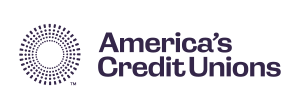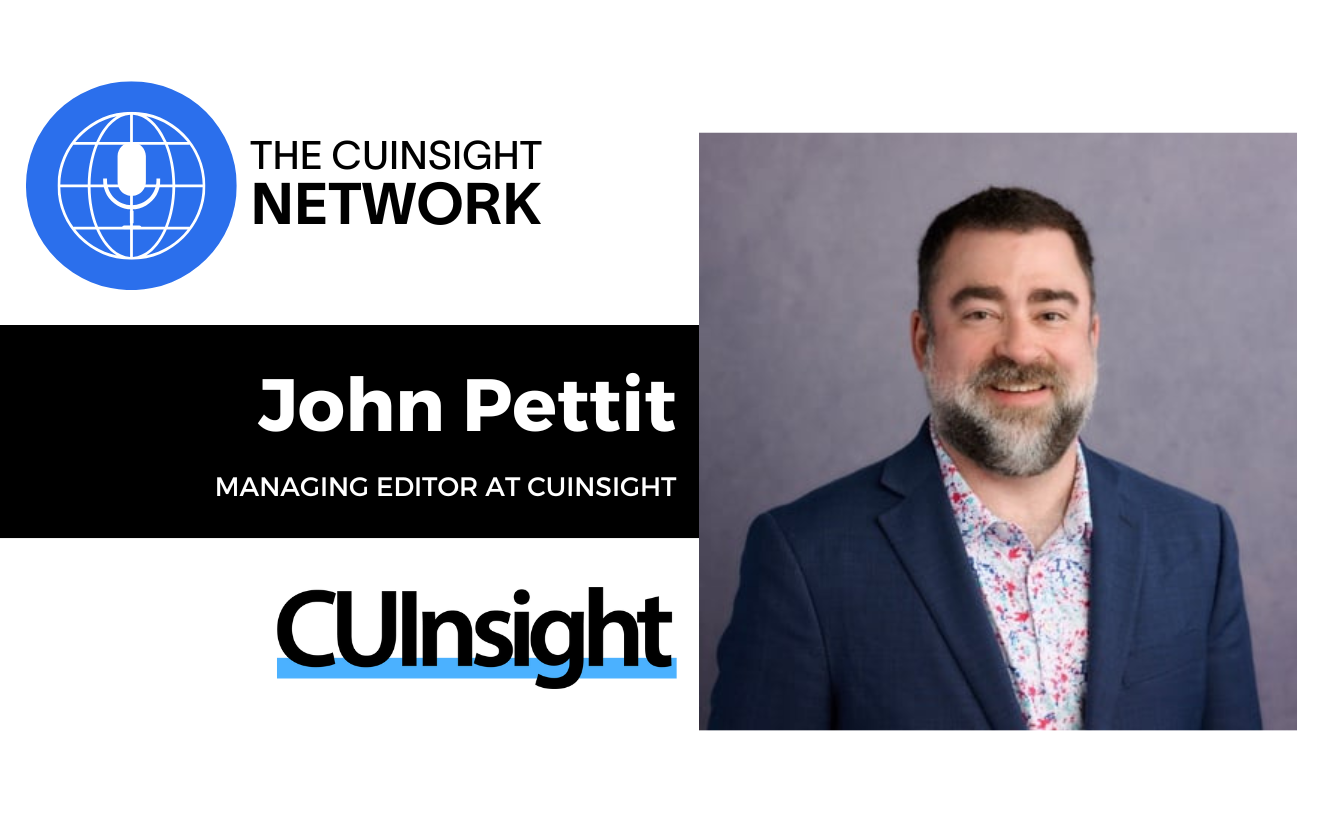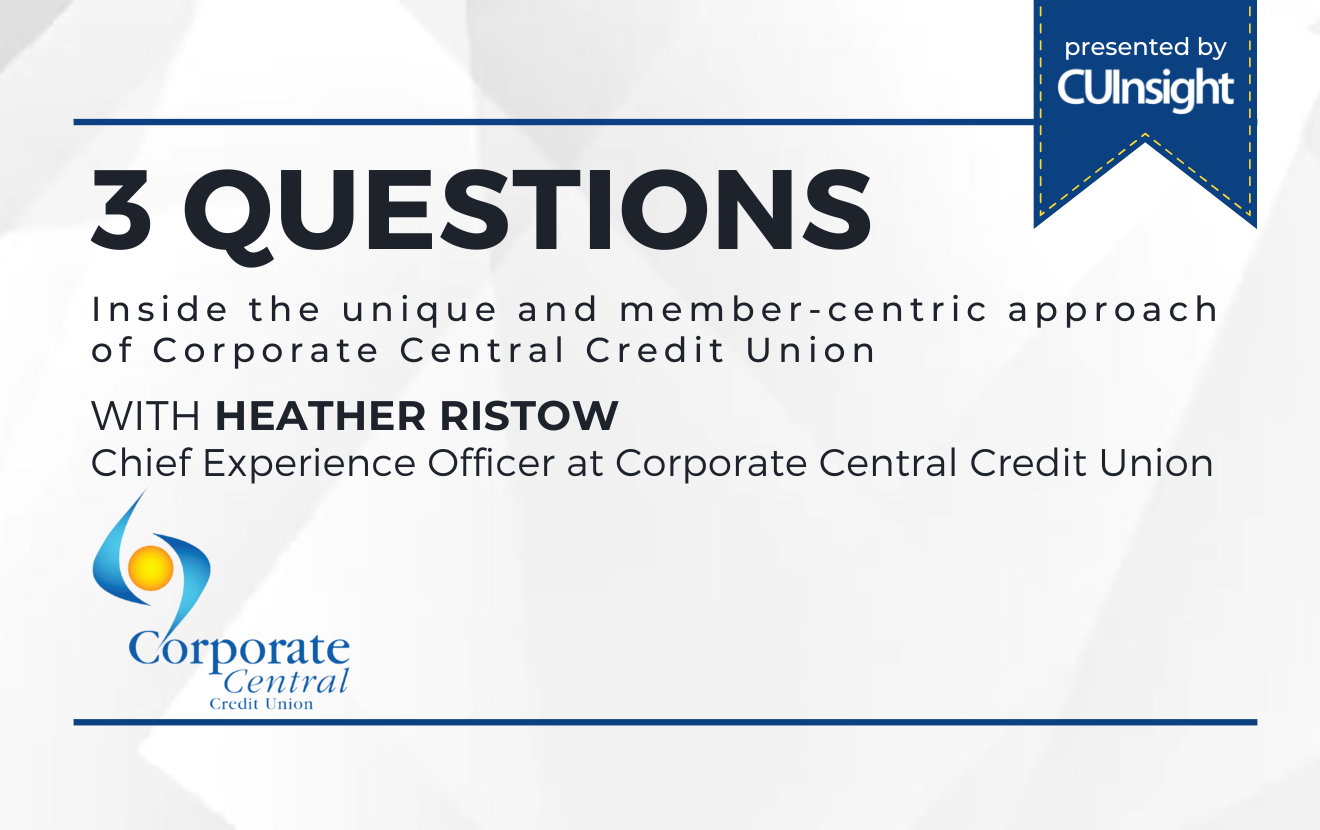A credit union's greatest asset is not a line item on the balance sheet -- it is our employees. When it comes to attracting and retaining the very best individuals, credit unions need competitive employee benefit programs that highlight the exceptional things we do as a movement.
How can we continue offering competitive benefit plans when the trajectory of healthcare costs is rising at such a fast pace? Exploring collaborative funding strategies is a great way to start.
Background
Most small and mid-size credit unions purchase health insurance that cover employee medical claims using a fully-insured model. Fully-insured models are popular because of their perceived simplicity and low risk. However, no matter how healthy our group is, every credit union knows that fully-insured plans increase in cost every year. And we rarely receive claims data information to know why our premiums continually increase. The fully-insured model is structured and designed to benefit the insurance carrier only.
Larger credit unions can utilize a more efficient but higher risk funding model, called self-funding. The model is more efficient because the credit union is self-funding a percentage of their employees’ medical claims. Claims data reports are typically available to the HR department that provide access into what is driving our increases. However, self-funded plans can be volatile in cost month-to-month which is why only the larger credit unions typically transition to this funding model.
In reality, both the fully insured and self-funded models transfer most of the risk onto the credit union and they are both designed for the insurance carrier to win every year.
Collaborative funding models to purchase insurance more efficiently, with reduced risk, exist today. Here are two options:
Insurance Captive
A captive is an insurance company that is wholly owned and licensed by its participating members and is a collaborative approach to leverage the advantages of self-funding, while minimizing the risk.
Credit unions participating in a captive have access to detailed claims data. Meaning they know why their medical insurance costs are changing and they can implement specific strategies to control and limit high-cost claims. Insurance captives also lower the tax burdens of purchasing insurance. Plus, through collaboration and stop-loss insurance, credit unions can cap their total annual spending and mimic the premium payments that a traditional fully-insured plan offers.
Insurance captivesallow participating credit unions the opportunity to pool their resources together and purchase less insurance through a lower pooled rate. Here are the key components of a captive:
- Self-funding a portion of your employees’ medical insurance claims means your credit union is buying less insurance compared to a fully-funded plan.
- Depositing funds into a captive as a means to pay for higher-cost claims means credit unions are buying less insurance.
- Purchasing stop-loss insurance as a larger pool also equates to buying less insurance - and you are buying less of it. The need to purchase high-cost stop-loss insurance is mitigated by two factors:
- Each credit union is self-funding a portion of their employees’ claims.
- A portion of high-cost claims are funded through the captive before any stop-loss insurance is purchased.
Most importantly, because the captive is managed by the participating credit unions, any unused captive funds can be shared back to the credit unions each year.
Association Health Plan (AHP)
An AHP is another example of leveraging the collaborative spirit of credit unions to drive down healthcare costs. With a focus on buying less insurance at lower rates, AHPs are a perfect model for most credit unions.
Here are the key components of an AHP:
- Multiple credit unions banding together to negotiate lower medical insurance pricing.
- The collective buying power provides HR teams with enhanced technology and higher levels of service and support typically only afforded to the largest credit unions.
- Creating a risk pool consisting of only credit union associates keeps long-term costs down and mitigates the risk of double-digit premium increases.
- Each participating credit union is provided with a full suite of competitive plan design options with HSAs, HRAs, and FSAs.
AHPs require key stakeholders to build, implement, and maintain the success of the program. Look to CUSOs, Leagues/Associations, Corporates, and other credit union aggregators for assistance.
Conclusion
Medical insurance costs are expected to double over the next decade. To change the course of healthcare costs, credit unions need to do something different and better. The power of cooperation continues to be a core reason for our success as a movement. A collaborative healthcare model is our best strategy to combat the rising costs of medical insurance and employee benefits.








